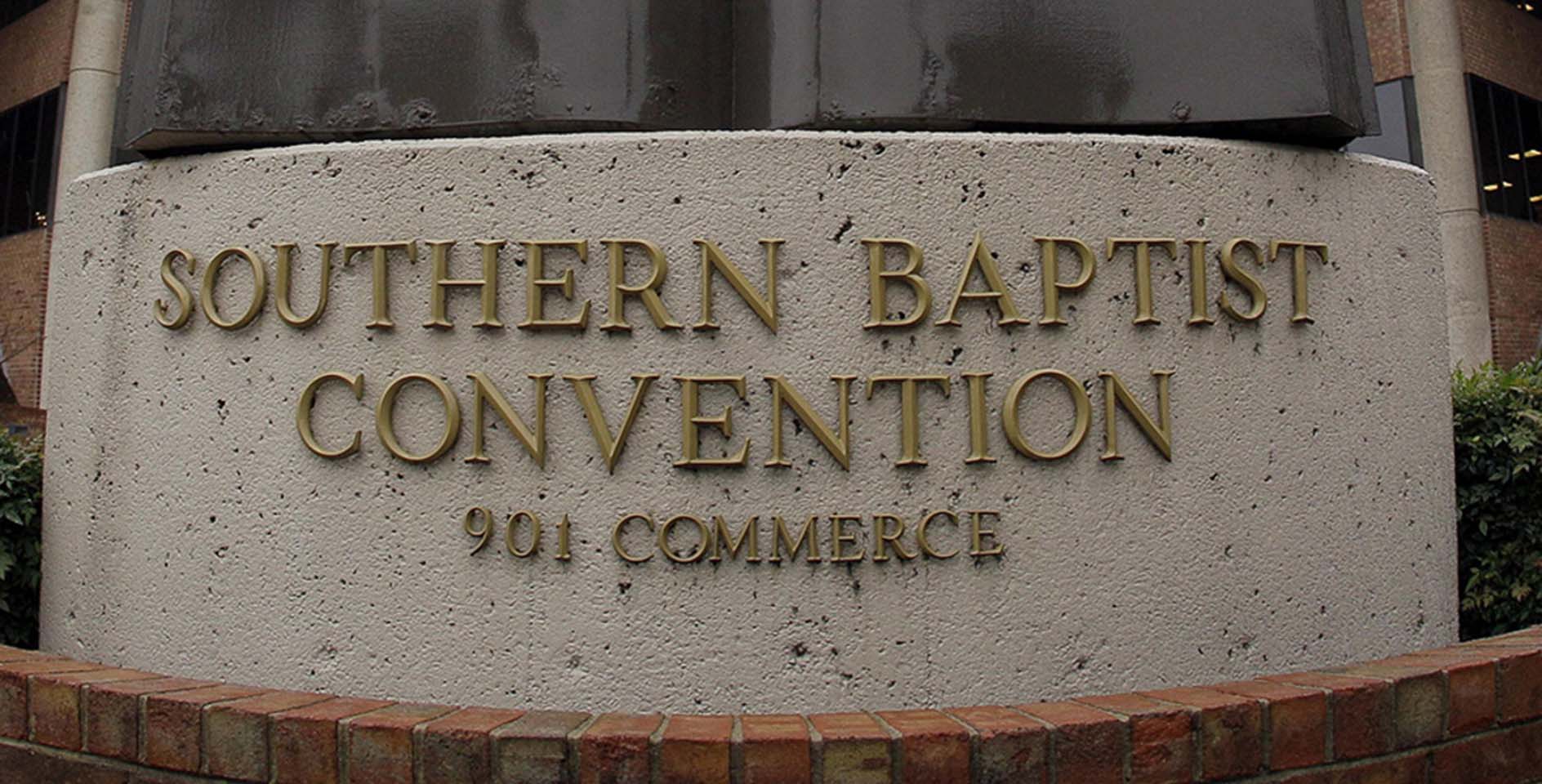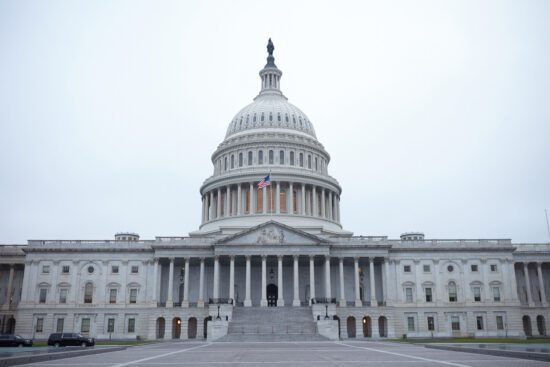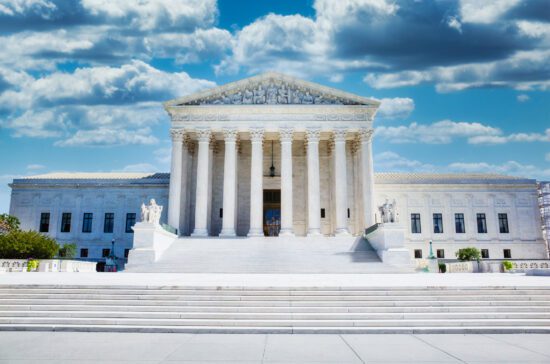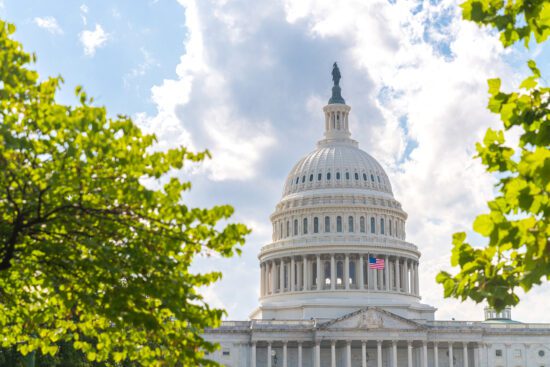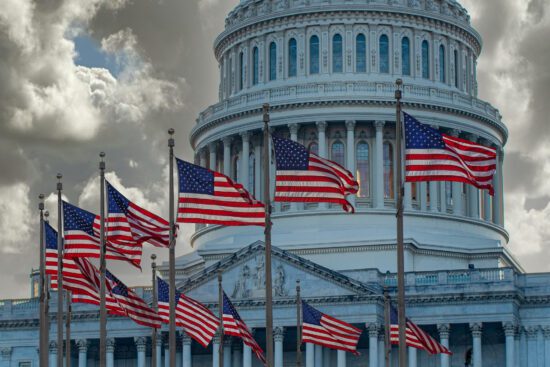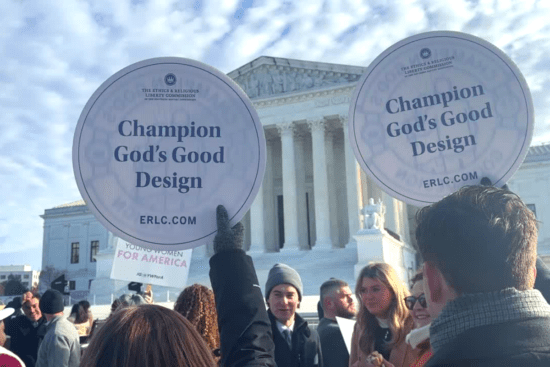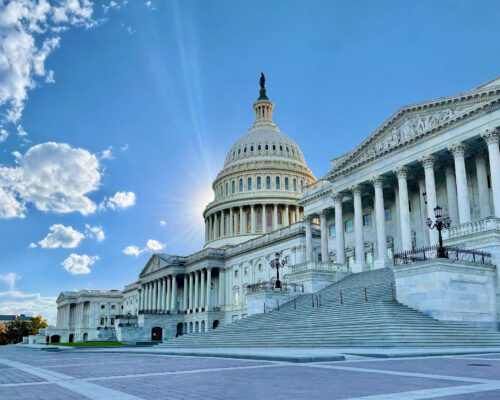On Sunday, a report commissioned by the Southern Baptist Convention (SBC) was released that documents two decades of cover up of sexual abuse by the by senior members of the denomination’s Executive Committee.
While the report is helpfully illuminating about the problem within one specific SBC entity, it does not reveal how prevalent the problem is within the SBC as an institution or within SBC churches. Such an examination was beyond the scope of the Sexual Abuse Task Force (SATF). The SATF was set up to carry out the mission directed in a motion proposed at the 2021 SBC Annual Meeting in Nashville to investigate a single entity—the Executive Committee.
Unfortunately, much comment on the report implies that the investigation was of the broader SBC, rather than on a single committee within the SBC. This is perhaps understandable since the non-hierarchical and decentralized structure of the SBC makes it difficult for even lifelong Southern Baptists to fully understand the way the convention is organized.
To understand the structure requires recognizing the distinct role and interactions among several institutions, most specifically, local churches and messengers, the SBC president, committees, entities, and trustees.
Local churches and messengers
The autonomy of the local church is a key doctrine shared among Baptists. All churches affiliated with the SBC are fully autonomous. No entity or committee within the SBC has authority over those church bodies.
Churches that identify as Southern Baptist are those who voluntarily and formally agree to be in friendly cooperation with similar churches by agreeing to a shared faith and practice and making financial contributions, such as through the Cooperative Program.
Churches that are deemed to be in cooperation with the SBC can send representatives, known as messengers, to the annual convention. Every cooperating church can send a minimum of two messengers, or a maximum of 12 messengers based on the conditions outlined in Article III of the SBC Constitution.
Just as the local churches choose messengers to represent their interest, the messengers elect officers to represent their interests within the SBC. (The term “Southern Baptist Convention” refers to both the annual two-day convention and the institutions that represent the affiliation of cooperating local churches. To avoid confusion, the convention will be referred to in this article as the annual meeting.) During the annual meeting, the messengers elect a president, a first and second vice president, a registration secretary, and entity trustees.
The SBC president
At the annual meeting, the messengers elect as their duly appointed representative the SBC president. The president is thus given the authority by the messengers to appoint several groups at the annual meeting, including the Committee on Committees. The president also presides over the Annual Meeting to help carry out the will of the messengers on issues that require voting. Additionally, the president serves on various boards and committees, including the Executive Committee.
Committees
Much of the primary work of the SBC—before, during, and after the annual meeting—is carried out by SBC committees. There are seven primary committees: the Committee on Committees, the Committee on Nominations, the Committee on Resolutions, the Committee on Order of Business, the Credentials Committee and the Executive Committee.
Trustees
A board of trustees governs every SBC board, committee, and entity. The messengers are involved in the selection of individual board members through the nomination process. While the messengers can decide who will be a trustee, they cannot direct the daily actions of those trustees or the daily operations of the entities or committees.
Entities
The EC is the only SBC committee that is also an SBC entity. Along with the EC, the SBC is comprised of 12 other entities:
- the theological seminaries: Gateway Seminary of the Southern Baptist Convention; Midwestern Baptist Theological Seminary; New Orleans Baptist Theological Seminary; Southeastern Baptist Theological Seminary; The Southern Baptist Theological Seminary; and The Southwestern Baptist Theological Seminary;
- the International Mission Board, which sends and supports missionaries all over the world;
- the Ethics and Religious Liberty Commission, which provides resources and leadership on ethical and policy issues;
- Guidestone Financial Resources, which provides financial planning, insurance, and annuities for church and denomination staff members;
- the North American Mission Board, which supports the state conventions in evangelism, missions, and ministry, such as disaster relief;
- LifeWay Christian Resources, the SBC publishing house;
- an Executive Committee coordinating the day-to-day functions of the SBC;
- the Women’s Missionary Union, which serves as an auxiliary in promoting missions.
Executive Committee
The messengers, as a collective body, control the SBC. But these men and women are only present once a year, at the annual meeting. The task of handling administrative and fiduciary duties for the rest of the year is given to the Executive Committee (EC). Although the EC does not control or direct the activities of convention agencies, it reviews their financial statements and recommends the convention annual operating budget.
In addition, it receives and distributes the funds Southern Baptists give in support of denominational ministries, acts as the recipient and trust agency for all convention properties, and provides public relations and news services. It also performs other tasks assigned by the SBC and promotes the general work of Southern Baptists. The EC also provides advice on cooperation among the other SBC entities, as well as between state and national entities, but has no authority to direct or control those other entities. And while the SBC president is part of the EC, the entity is run by the EC president, who is elected by the EC for an indefinite period.
Understanding the structure of the Southern Baptist Convention is important because it key to understanding the scope of the sexual abuse report. It also reveals the work yet to be done and sheds light on the task of justice the messengers ought to take up at the annual meeting.



